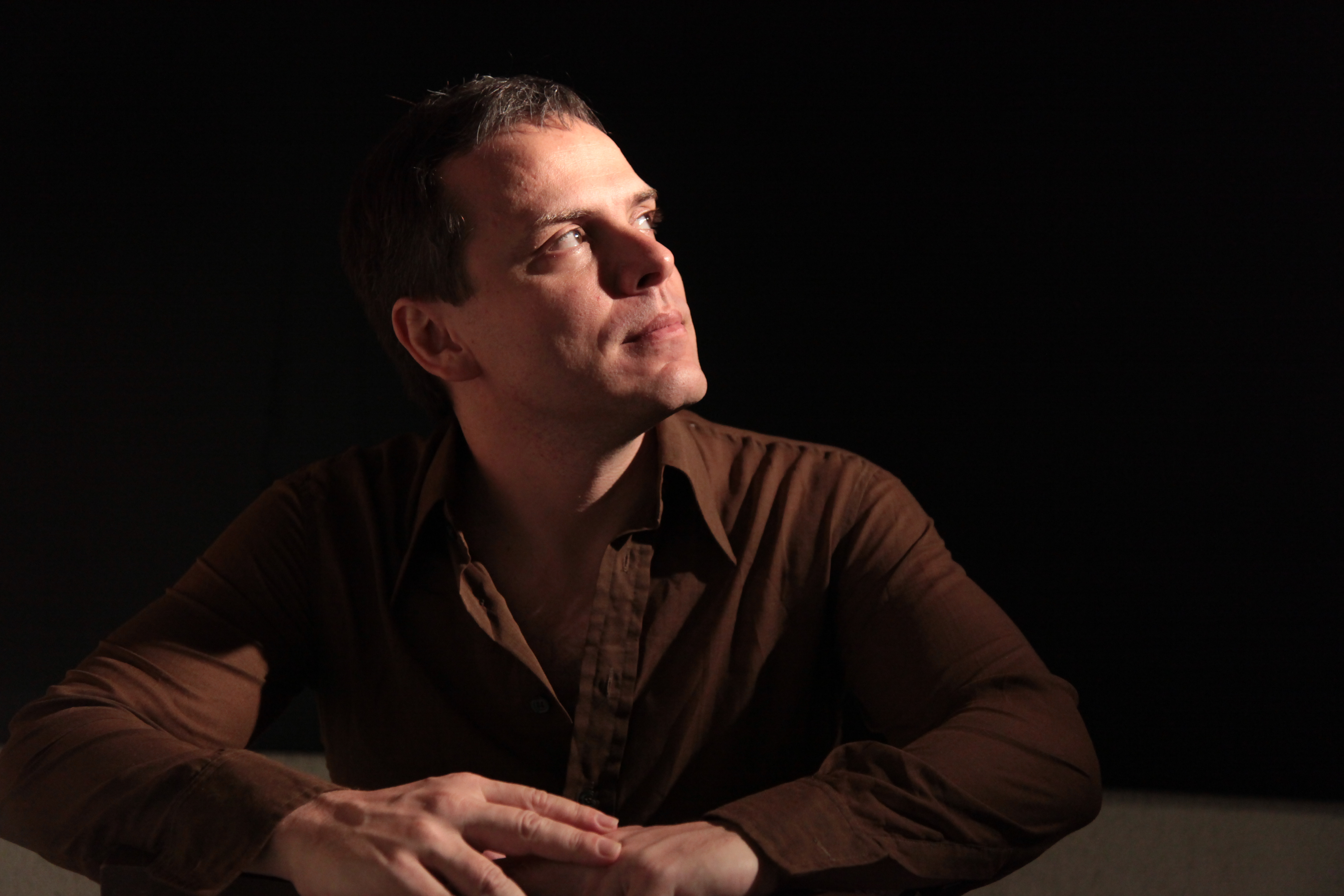
1. If you could be an active composer in any other time period, when and why?
Ars Nova period or Ancient India
2. Dog, cat, or goldfish?
Dog
3. Would you rather…Be famous in this life time or go down in the history books?
Both!
4. You’re trapped on an island. There is one electrical outlet connected to a boombox from 1992. When you were stranded here you only had time to save one cassette out of collection of singles. What is the one pop song you will listen to for the rest of your life?
Any samba by the Brazilian songwriter Nelson Cavaquinho.
5. Who are 3 composers from the past -AND- 3 of your own generation whose music you respect, enjoy, inspires you, etc…
Past: Guillaume de Machaut, Heitor Villa-Lobos, Iannis Xenakis
Present:Alipio C Neto, Daniele Del Monaco, Rodrigo Sigal
Pernambukalos for soprano, violin, cello, flute, clarinet, piano, vibraphone
As I remember, Armando presented this piece at the Charlotte New Music Festival in his presentation of his work. I was struck with the vocal writing and the agility of the singer on the recording. However, I was interested in reviewing this piece again because of the instrumentation. The “Pierrot+” instrumentation is the late 20th/early 21st century version of the string quartet. Everyone has one. But, for as versatile as the ensemble attempts to be, the majority of works are sonically not incredibly interesting.
I think this piece, when it finally gets going (around the 3:30 mark) presents some interesting timbres and combinations. However, the material previous to this point unfortunately falls into the Pierrot trap that makes this ensemble just sound “New Music-y.”
But, seriously…the vocal writing – amazing.
Newton’s Pendulum II for five cellos, two guitars, two flutes, and three metronomes
Armando also presented this piece at the Charlotte festival and I was very impressed. It was presented in a multimedia format with a video which, in my opinion took quite a bit away from the music which can stand, firmly on its own two feet. The ensemble is so interesting to me. Such a great sound. The central idea is based on the transfer of energy and perpetual motion, as I understand it.
What I truly dig about this piece, other than the instrumentation (which reminds me but is in no way derivative of Louis Andriessen), is the multiple temporal layers which are periodically peeled back to reveal one another from the tempo-less soup that occurs when all streams are present at once. It is a much more sophisticated take on minimalistic treatments of material that reminds me Petrushka’s opening tableau. Though not all music is playing at once, Stravinsky formally represents multiple musics and therefore multiple scenes in the crowded street market. Wonderful formal solution to the problem of representing multiple streams of interest on a stage.
But, this of course is quite different. Which brings me back to the problem of my initial experience with the piece, which was largely visual. I wasn’t focused on the temporal shifts that make the piece so interesting. I was focused on the visuals that were mostly of a Newton’s cradle or a light bulb representation of such. The visuals were mildly interesting at the time. Listening to it now with nothing was much better.
credits: http://robertwmcclure.weebly.com/blog/music-with-friends-armando-lobo